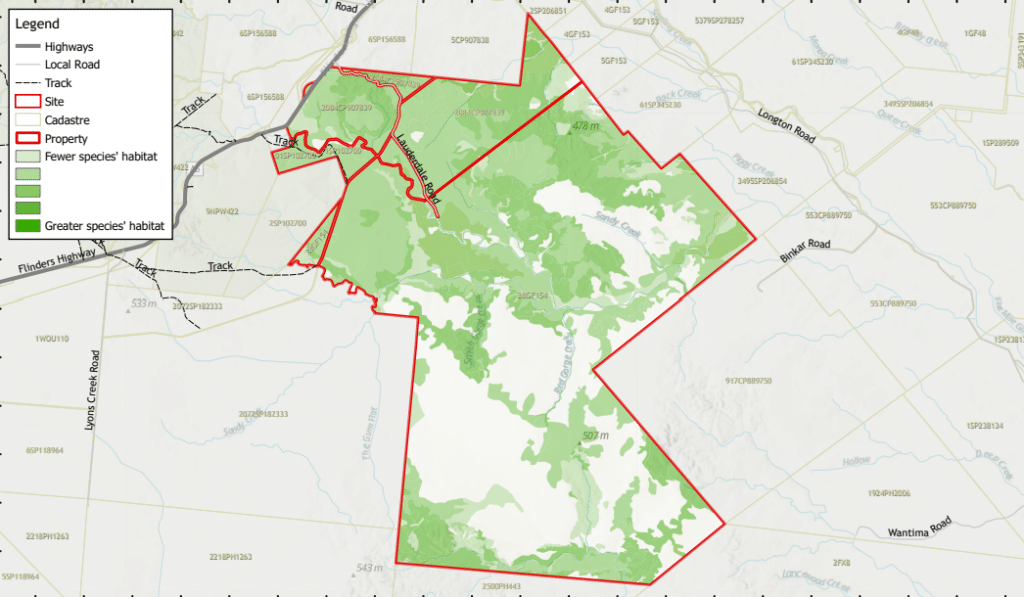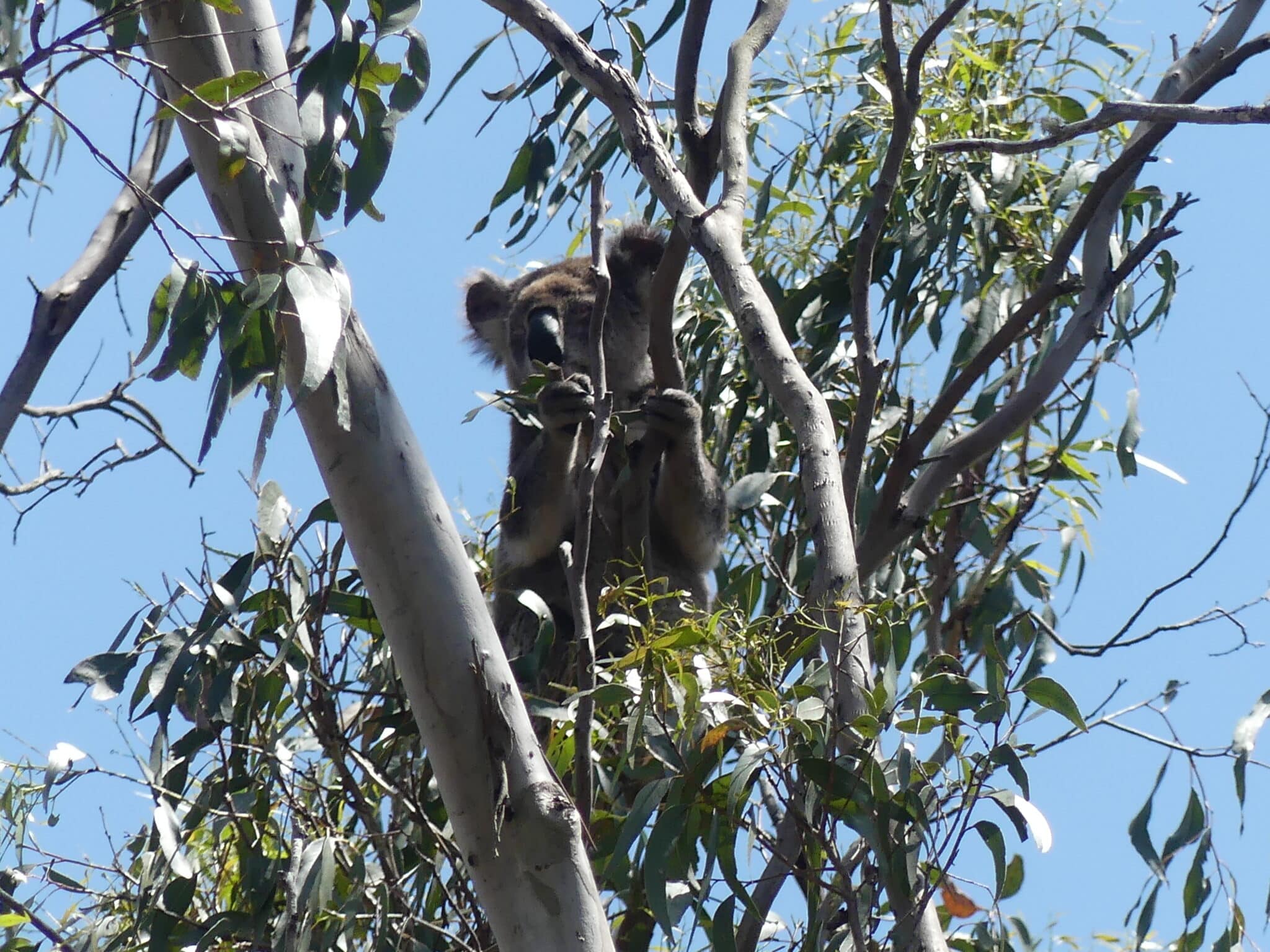The Project
As part of Powerlink’s infrastructure development in the Hayls/Woolooga region, E2M was engaged via AECOM to support environmental offset planning through broad-scale habitat modelling. The objective was to identify potential offset properties and inform impact mitigation strategies by mapping habitat suitability for key species and ecological communities across a large geographic area.
Our Services
E2M’s ecology and spatial teams collaborated to develop a robust, species-specific habitat modelling framework.
Key elements included:
- Creation of a species–regional ecosystem (RE) association database, developed by ecologists using species listing advice, ecological descriptions, and current research.
- Application of this database to GIS datasets to model habitat suitability across the landscape.
- Development of automated spatial tools to streamline the mapping process, even when modelling for multiple species simultaneously.
- Generation of heatmaps to visualise areas of high ecological value, supporting prioritisation of potential offset properties and impact mitigation zones.

Outcomes
E2M delivered a scalable, repeatable habitat modelling solution that enabled Powerlink and AECOM to efficiently shortlist properties suitable for environmental offsets. The modelling provided a clear spatial understanding of ecological values across the project area, supporting both strategic planning and regulatory compliance. By combining ecological expertise with advanced spatial automation, E2M helped reduce complexity, improve decision-making, and deliver a practical tool for offset planning in large-scale infrastructure projects.




